Is the Clinical Narrative Really Dying?
While reading a recent piece by Scott Mace on HealthLeaders Media called Are EMRs Killing the Clinical Narrative, it made me wonder if the clinical narrative is really dying.
It’s easy to look at the typical point-and-click EMR note engine and think that it isn’t capable of catching the nuances of a good clinical story. Most EMRs are designed to capture codable data mainly for the purposes of billing and insurance claims. Many don’t seem to have had the clinical narrative as any part of a consideration during construction. Well, at least not as a big part of the build considerations.
Then again, think back, clinicians (those of you who aren’t recent grads). Remember those med school and residency notes you used to write? They were long, flowing notes that had to incorporate each part and piece of a medical story. They included every pertinent positive and negative that might in any way, shape, or form be part of the clinical picture.
For those of you are primary care providers, now think forward to the transition of your notes over the years. How much of that previous storytelling did you whittle away as your diagnostic skills improved, as your clinical duties increased, and as your confidence grew in your ability to glean the truly pertinent wheat from the superfluous chaff of your clinical notes?
I know my handwritten notes – a few years back before I went digital – sure weren’t anything like my residency notes of yore. I know that’s true for many of my primary care colleagues, too.
I remember chatting with a retired GP a few years ago who talked about seeing 50 to 60 patients per day. He said he could do that, in part, because his notes were as short as he needed in order to remind him of what he really needed to know. For instance, he said a kid with an ear infection got a note that went something like, “ROM – Amoxil” and that was it. Maybe that’s a bit short, but the idea was that he knew his patients and he knew what he needed to see next time he opened each patient’s chart.
These note-taking diminutions don’t apply to you specialists, of course. You guys and gals have truly perfected the art of the clinical narrative telling great, detailed stories, perhaps even better and fuller than those of your residency days. I love getting most specialists’ reports because they do the best job at telling the real “story” behind a medical encounter. They often include the clinician’s thoughts, diagnostic possibilities, and other vagaries. (I admit to feeling a little less than complete when I compare many specialists’ reports to my own typical patient note, whether digital or pre-digital.)
Comparing those dictated medical tales told by specialists to the reports I now receive from many EMR systems, including the biggest and “best” among them, is like comparing a Hemingway novel to a Bazooka Joe comic. Many, if not most, of the current system-generated notes I now see are atrociously limited in detail and almost completely bereft of nuance. They’re often little more than my friend’s old “ROM – Amoxil”. Sometimes they aren’t even that informative.
I don’t know about you, but my EMR notes are somewhere between Ernest and B. Joe. They do have more detail than I used to put into handwritten notes, but they aren’t really great stories. Overall, though, I think they’re better than their primary care pen-and-paper precursors.
Personally, I think we’re in a transition zone and I’m not too worried about the clinical narrative long term. As they advance, tools such as natural language processing, Quippe, and IBM’s Watson will likely reinstate some balance between pure data capture and the art of telling a medical story. I believe we’re trying to figure out the best balance that will enable data aggregation and manipulation while still providing the nuances yet inherent in the “art” part of medicine.
The clinical narrative — the story — with all its important nuances won’t go away. It needs to be told. But, it also needs to be balanced by the needs to find pertinent details quickly in the midst of busy days and heavy patient loads. Plus, information aggregation reveals insights we could never glean without digital data capture. We just need to find that balance point.
Maybe one day Watson and his ilk will enable a Hemingway-esque option while allowing us to breeze through to the gist of the tale with a little Bazooka Joe bubblegum wrapper version if we so desire, giving us what we all really seek: the best information when and how it’s needed.
From the trenches…
“Storytelling reveals meaning without committing the error of defining it.” – Hannah Erendt

Dr. Gregg Alexander, a grunt in the trenches pediatrician at Madison Pediatrics, is Chief Medical Officer for Health Nuts Media, directs the Pediatric Office of the Future exhibit for the American Academy of Pediatrics, and sits on the board of directors of the Ohio Health Information Partnership (OHIP).
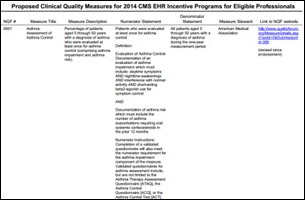

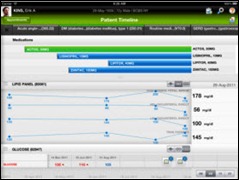

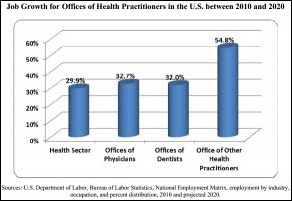







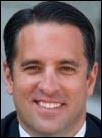

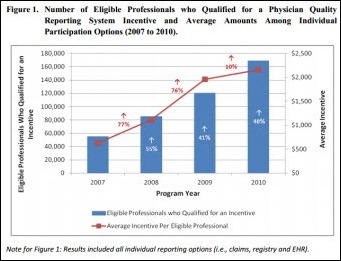

Re: Walmart Health: Just had a great dental visit this morning, which was preceded by helpful reminders from Epic, and…